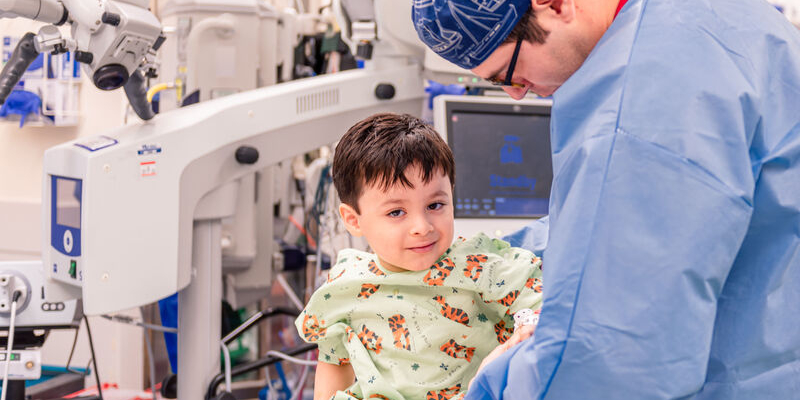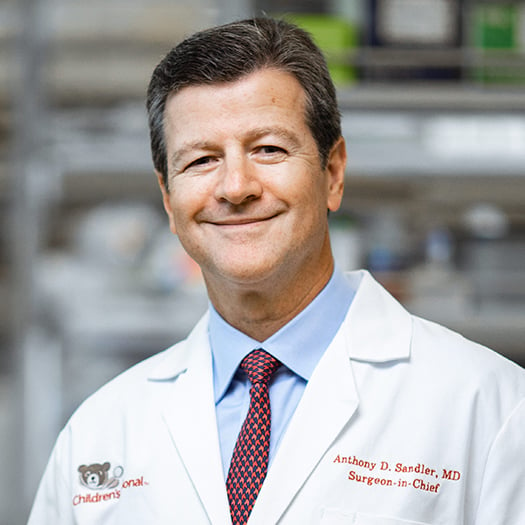Treatment will depend on your child’s symptoms, age and general health. Appendicitis is a medical emergency. It's likely the appendix will burst and cause a serious, deadly infection. For this reason, your child’s healthcare provider will likely advise that your child have surgery to remove the appendix. Your child may be given antibiotics and fluids through an intravenous line (IV) before surgery starts.
Surgery is the most common treatment for appendicitis. But for some children, the healthcare provider may give antibiotics instead of surgery.
The appendix may be removed in two ways:
- Open or traditional surgery. Your child is given anesthesia. A cut or incision is made in the lower right-hand side of the belly. The surgeon finds the appendix and removes it. If the appendix has burst, a small tube or shunt may be placed to drain out pus and other fluids from the belly. The shunt will be taken out in a few days, when the surgeon feels the infection is gone.
- Laparoscopic surgery. Your child is given anesthesia. This method uses a few small incisions and a camera called a laparoscope to look inside the belly. The surgical tools are placed through one or more small incisions. The laparoscope is put in through another incision. This method is not usually done if the appendix has already burst.
Interval Appendectomy
Sometimes the appendix bursts, and a collection of infected fluid or pus (abscess) may form. If this happens and your child is stable, the provider may recommend not removing the appendix right away. Instead, the provider may want to treat the infection first and drain the infected fluid from the abscess. The appendix will be removed later. This delayed surgery is called an interval appendectomy.
For an interval appendectomy, your child will be given IV antibiotics. These are given through an IV tube called a PICC line, or a peripherally inserted central catheter. This stays in place about 10 to 14 days. The provider may also use CT or ultrasound-guided images to drain the abscess. Once the infection and inflammation are gone, your child will have surgery to remove the appendix about six to eight weeks later.
After Surgery
A child whose appendix ruptured will have to stay in the hospital longer than a child whose appendix was removed before it burst. Some children will need to take antibiotics by mouth for a certain period of time after they go home.
After surgery, your child will not be allowed to eat or drink anything for a certain period of time. This lets the intestine heal. During this time, fluids, antibiotics and pain medicine will be given by IV into the bloodstream.
As the healing progresses, your child will be able to drink clear liquids such as water, sports drinks or apple juice. and will gradually move on to soft then solid foods.
After your child leaves the hospital, the healthcare provider will likely limit his or her activities. Your child should not do any heavy lifting or play contact sports for a few weeks after surgery or as instructed. If a drain is still in place when your child goes home, he or she should not take a bath or go swimming until the drain is removed.
You will be given a prescription for pain medicine for your child to take at home. Some pain medicines can make a child constipated, so ask your healthcare provider or pharmacist about any side effects. Moving around after surgery rather than lying in bed can help prevent constipation. Drinking fruit juices may also help. Once your child can have solid foods again, eating fruits, whole grain cereals and breads, and vegetables can also help stop constipation.
Most children who have their appendix removed will have no long-term problems.


 Aasha's Rare Gift Will Help Other Babies Grow up Healthy
Aasha's Rare Gift Will Help Other Babies Grow up Healthy







